Baby Safety Tips for Babywearing Essentials
Babywearing offers parents a convenient and comforting way to keep their little ones close while having hands-free mobility. Here are some of the tips to ensure your baby’s safety is ensured while using these babywearing items: Baby carriers, wraps or slings, baby car seats, and baby bouncer seats.
1. Research, baby, research!
Before buying your babywearing items, it’s important to do research. Look at the product reviews and check for any past product recalls or safety notices.
While you research, consider products that have adjustable features and choose babywearing items that suit your budget and lifestyle.
Also read: How to Make Sure Your Secondhand Baby Gear is Safe
2. Safely install your babywearing items
Once you’ve purchased your babywearing essentials, it’s time to install or set them up at home.
For the baby bouncer seat: Assemble it according to the manufacturer’s instructions and check if it sits firmly on the ground without wobbling.
For slings and wraps: Practice tying it before putting your baby in it. This helps ensure that you’re securing your knots properly.
For baby carriers: Practice using them around the house and adjust the straps to ensure comfort for you and your baby.
For baby car seats: Properly install the car seat according to the manufacturer's instructions and your vehicle's manual. Ensure a snug and secure fit using either the seat belt or the LATCH system.

Image by freepik
3. Check the product’s age and weight limits
Follow the weight limits specified by the manufacturer to ensure the product’s safety and stability. Don’t exceed the recommended weight capacity and buy babywearing products that are appropriate for your baby’s weight.
Besides weight limits, consider the age limits of various babywearing items.
For bouncer seats, it should be appropriate for your baby’s age and developmental stage. As for the baby carrier, it should have a comfortable and snug fit. The straps shouldn’t be too loose or too tight. Likewise, select baby clothes that fit your growing baby. Choose the right size for their age.
For the car seat, ensure they are appropriately sized for your baby’s size, age, weight, and height. Follow the manufacturer’s guidelines for the right fit, and choose a rear-facing seat. When your baby reaches the specified weight or height limit, transition to a forward-facing seat.
4. Monitor your baby in babywearing items
Whether your baby is in a baby carrier or a wrap, make sure they’re comfortable and safe. Regularly check on them and don’t leave them unattended in their bouncer seats. Be aware of their cues: If they’re too restless or too warm, take them out of their slings, wraps, or carriers.
Avoid putting your baby in baby-wearing items for long periods. Use it for short periods and let your baby have breaks to stretch and move freely.
If you want a good quality bouncer seat that will keep your little ones safe, come to ComfyBumpy. Our bouncer is safe, easy to install, and ergonomic. It doesn’t require electricity like most modern bouncers do, and it will help keep your baby occupied while you work close by.

Image by ComfyBumpy
5. Stick to breathable materials and fabrics
As for babywearing items like baby slings, wraps, and clothes, opt for breathable fabrics. It’s important to make sure that your baby has good airflow. On that note, choose soft materials and avoid those that may irritate their skin.
When going out, dress your baby according to the weather. Remove bulky clothes and blankets before securing them in their car seat. Stick to thin layers and blankets if they’re feeling chilly.
Also read: 13 Road Trip Essentials for Families with a Baby
In your baby’s crib, ensure their sleep safety through flame-resistant sleepwear, sleep sacks, and wearable blankets. Avoid clothes that have unnecessary accessories like headbands and long ribbons. Watch out for loose threads and buttons and secure them if needed. For smaller decorative elements, make sure they are securely attached to prevent choking hazards.
6. Be cautious of the environment and your movements
Use your babywearing items in safe environments. If your baby is in a carrier, wrap, or sling, be cautious when you’re bending down, sitting down, or leaning over a surface. Avoid sudden movements or taking part in vigorous activities while wearing a carrier or a wrap. In addition, don’t cook or handle hot liquids while wearing your baby.
For bouncer seats, avoid uneven surfaces. When you want to use it, always place the bouncer on the floor. Avoid uneven, soft, and elevated surfaces like beds and sofas— this can cause the risk of falls.

Image by westend61
7. Ensure your baby has support in your babywearing items
No matter what babywearing item you have, it’s important to ensure your baby has support. Their face should always be visible, and their chest shouldn't be pressed into their chest for proper breathing. For newborn babies, check if your baby’s head and neck are well-supported in their carriers at all times.
For harnesses, chest clips, and straps, always make sure your baby is secured properly. The fit should be snug and not too tight for comfortable breathing. The straps should be adjusted to your baby’s height too. As for the baby car seat, make sure the recline angle doesn’t block your baby’s airway.
Similarly, their nose and mouth should be visible and not covered by the fabric in wraps and slings. Their hips and legs should also be supported by the fabric as well.
8. Follow the manual or seek help
If you’re unsure of how to install or assemble your babywearing items, check the product instructions and care guides. Always read the manufacturer’s instructions and recommendations for use, cleaning, and maintenance.
You can also seek professional guidance from babywearing educators or even other fellow parents who are familiar with setting up the products.

Image by AnnaStills
9. Follow the product’s care instructions
Speaking of maintenance, here are some ways to take care of your babywearing items for the years to come:
Check for wear and tear: Regularly inspect your car seats, bouncers, and carriers for any signs of damage. Replace any worn-out clothes, parts, or components.
Check the expiration: Car seats have an expiration date. Check the label to make sure it’s not expired or past its recommended use date.
Babywearing can be a wonderful bonding experience for mother and child, and with these tips, you can ensure your little one’s safety. As a parent, set a safe example by wearing a seatbelt when driving and encourage good habits by wearing it correctly yourself. That way, you and your baby can feel secure as they grow.
Featured image by Gerain0812


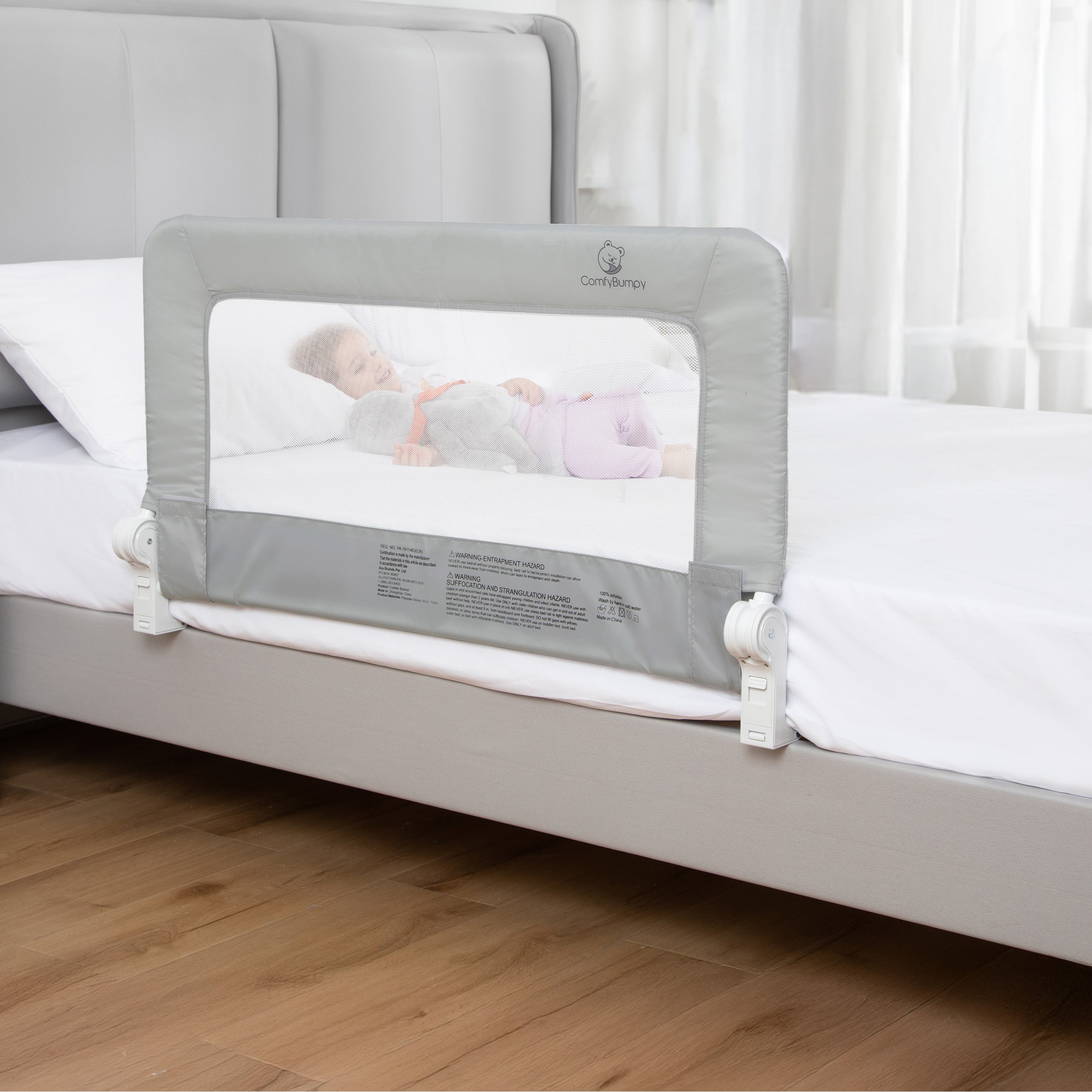
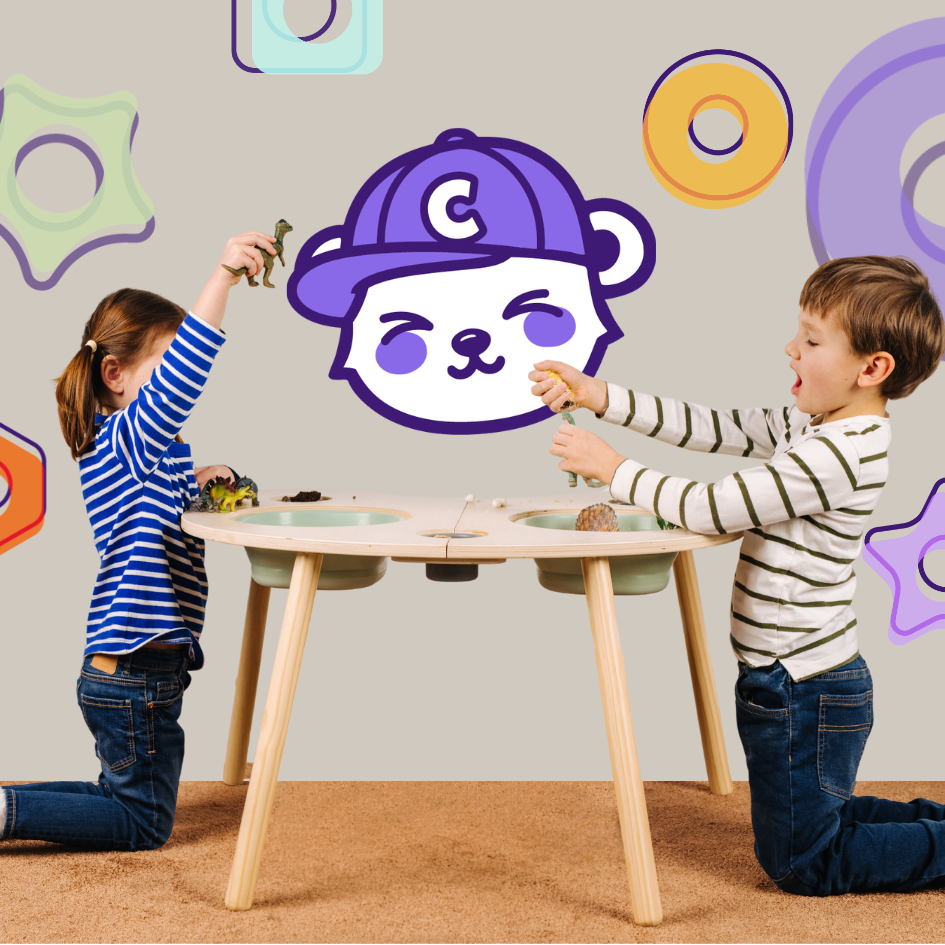

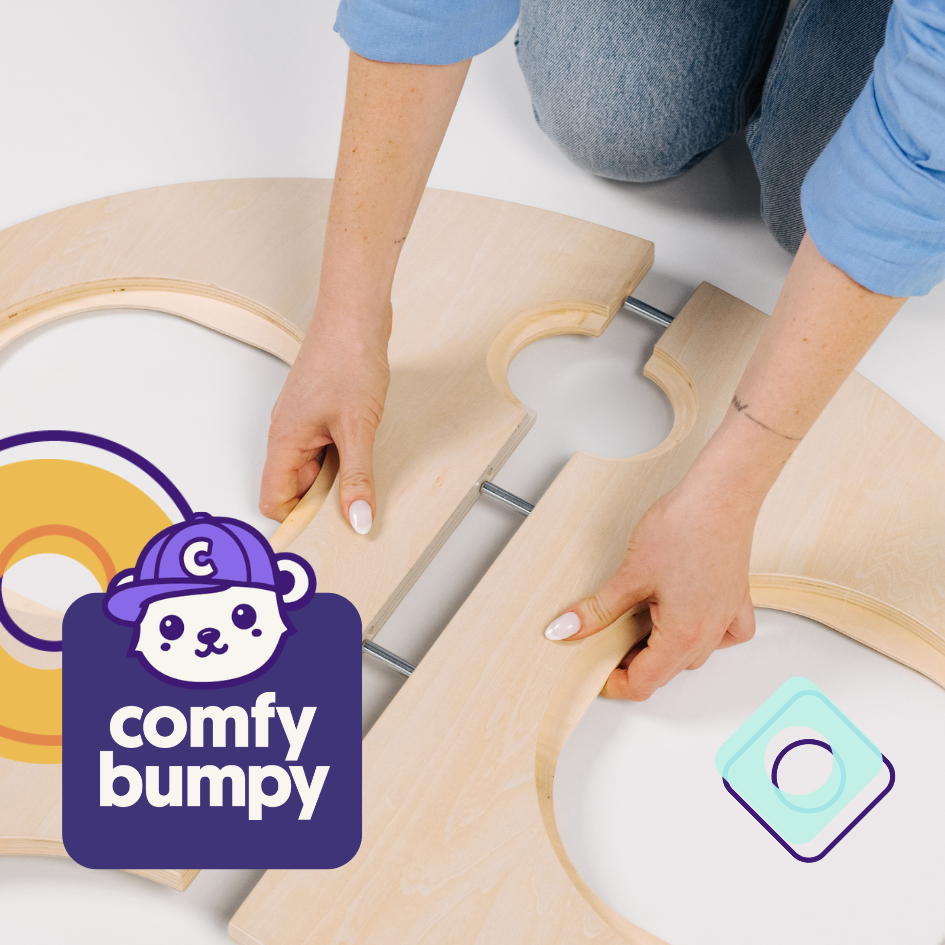

Leave a comment